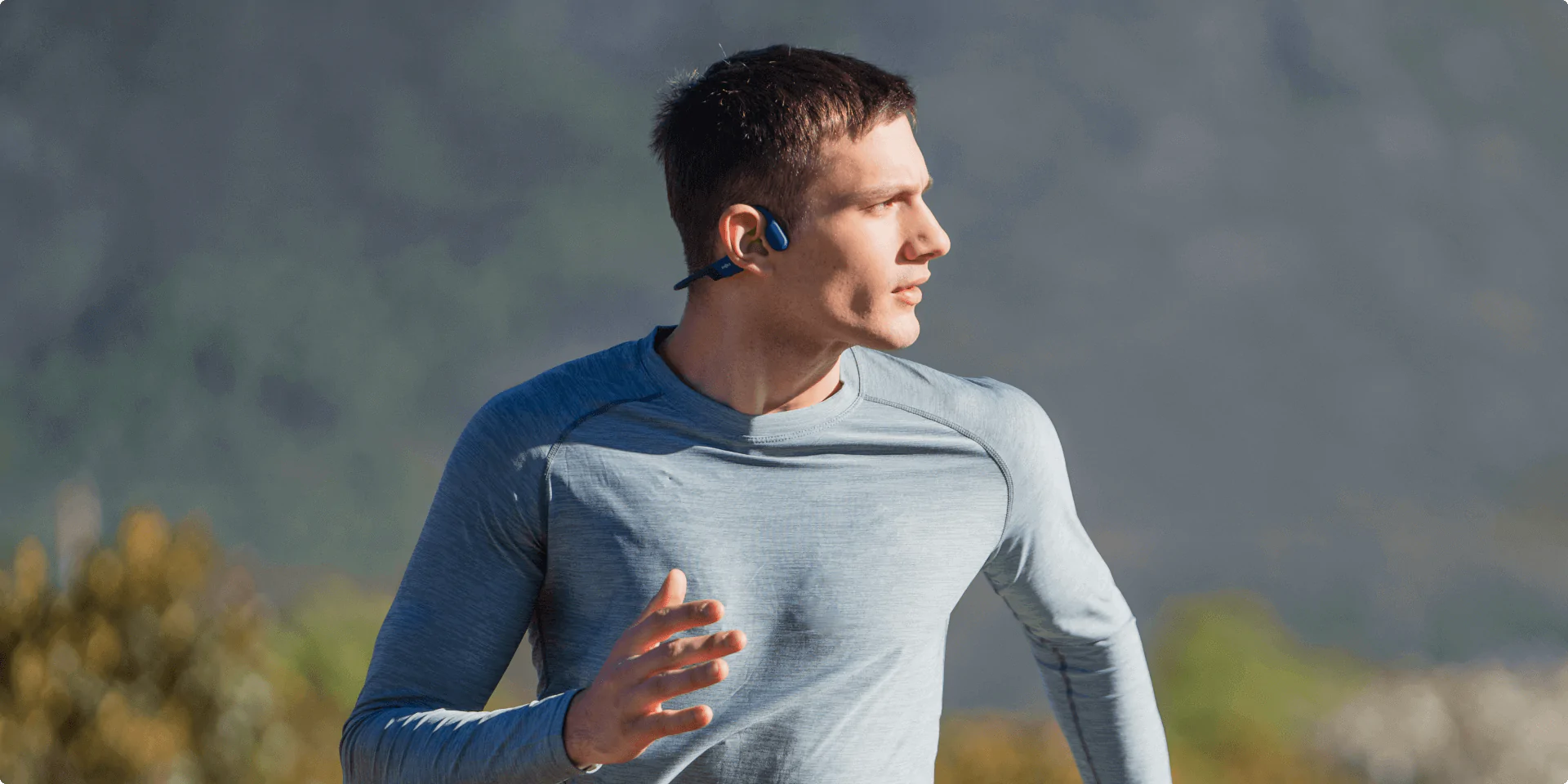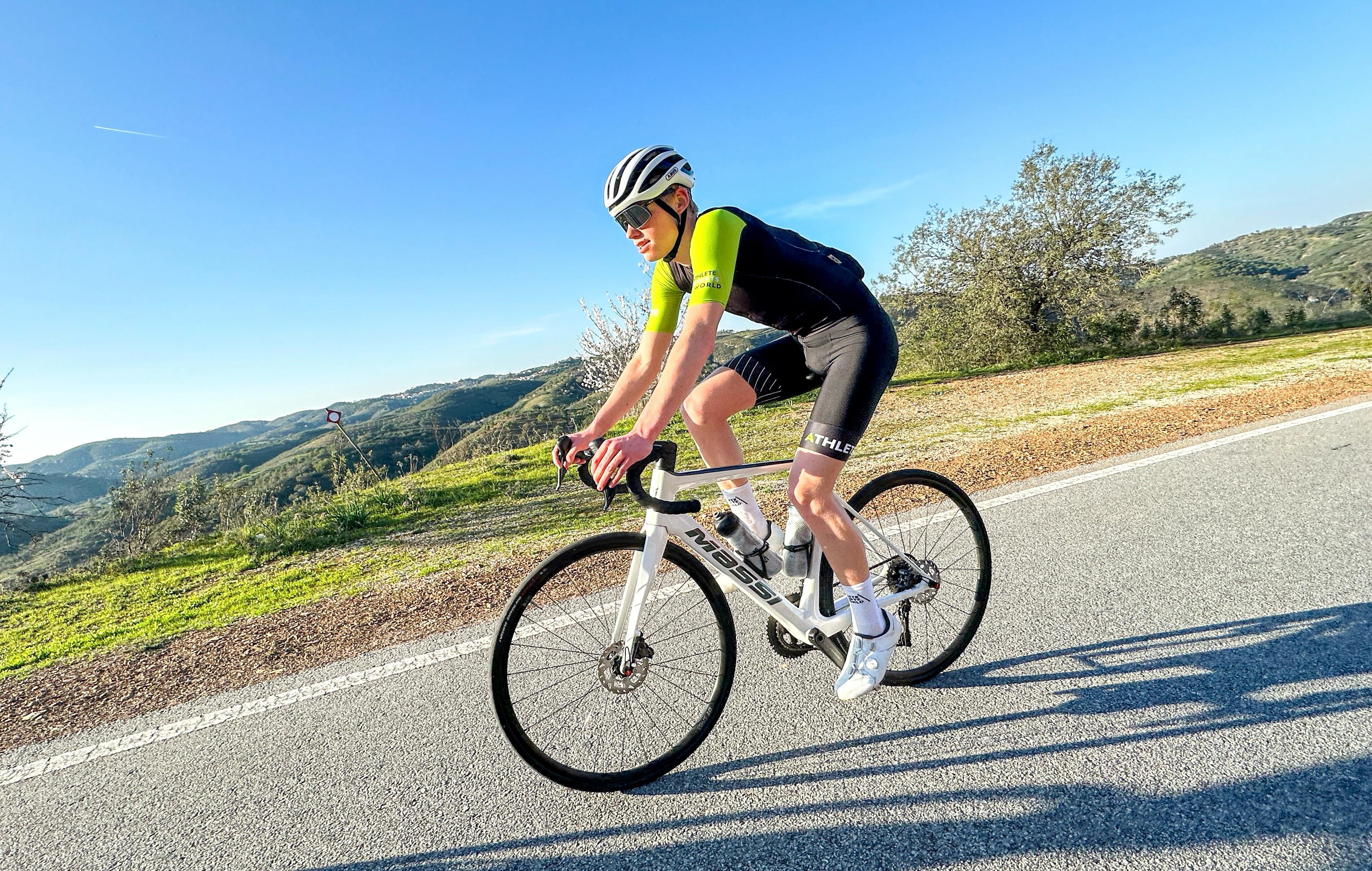To measure is to know! Runners know that all too well.
That's why many of us have a sports watch purchased. This is because these provide insight into the progress of our workouts and afterwards you can analyze exactly your speed, average heart rate and distance covered.
But do you use your sports watch only to measure distance, speed and other more general factors?
Then you are missing a lot of essential data to significantly improve your performance.
Today, basic sports watches are packed with a huge amount of specific data that can make you a better, more efficient and, most importantly, faster runner.
To do that, you just need to know how to interpret that data. And that can sometimes be tricky.
But, once you get the hang of it, you can quickly and easily make substantial progress in your running performance.
Therefore, in this blog we explain how to best use specific features of sports watches.
YOUR GOAL
First of all, it is important to set goals in advance. This is because it increases the chance that you will actually achieve your goal.
Plus, this way, measuring your progress itself has a purpose. After all, you now know what you want to achieve.
Of course, you can write your goals on a bill and stick it on your refrigerator, but you can also use your sports watch!
When you choose the sports watch, select the sport category you want to work on (running in this case) and set your goal. Then, after several workouts, you can connect your sports watch to your computer to read the data and see if you've made progress.
Just make sure your goals are challenging but achievable at the same time. Of course, this is different for everyone, so consider carefully what works for you personally.
Once you've done this, it's time to better understand the different features.
CADANS
Also called running cadence, is the number of steps per unit of time when running. This is usually given in steps per minute (SPM).
So cadence does not necessarily say anything about your running speed and distance. For this, the size of your steps should also be known.
So what does it say?
It says something about the efficiency of your running form.
By analyzing how many steps per minute you take, you can see if this is generally stable throughout your workout and if you are not taking lots of steps one minute and very few the next.
In general, this is the average SPM of runners at moderate/normal level and at high/professional level:
Normal: 150-200 SPM
Experts: 170+ SPM
Are you running a cadence that is too low? Then you are most likely putting unnecessary stress on your knees, ankles and other joints. That's because you place your landing foot on the ground too quickly relative to the rest of your body. Also, your heart rate is probably higher than if you will take slightly more strides.
Are you running at too high a cadence? Then you're using too much energy for little result. You are more likely to get tired and not last as long.
The ideal cadence ensures an optimal conditional state and efficient energy consumption.
Therefore, make sure that your fine running shoes purchase so that your feet won't hurt when you run long distances.
Vertical oscillation
This term indicates how many inches you move upward while running, your "bounce.
When your vertical oscillation is large, you consume too much unnecessary energy.
When it is too low it comes at the expense of your energy storage and stride length.
Professional riders havea movement of 6-8 cm in their upper body when they run.
So a perfect balance must be found.
The distance is also important here. After all, middle distance runners (say, 1500 meters) will have a greater vertical oscillation than long distance runners due to the higher speed at which they run.
When measuring vertical oscillation, use the following principles:
Normal: 6-13 cmExperts: 6-8 cm
POWER
The power meter for running shows how many watts you are running.
In other words, it shows how much energy it takes you to run hard at a certain speed.
To measure this, it is best to purchase a power meter. This is a small device that calculates power output based on your speed. You wear it on your shoe and it is linked to your sports watch so you can see the wattages as you run.
Once you know what your power output is, you can learn to adjust your pace while running so that you run as efficiently as possible at the right time.
In addition, the power meter analyzes your running style. The sensor in the device measures acceleration in three directions, with only the forward motion being important to your performance. So make sure that as much energy as possible is put into the forward direction.
That way, you can improve your running style so that you get the lowest possible energy consumption per kilometer without losing speed!
For this, you can use, for example, the Stryd power meter. It reliably displays your running power, has good wind detection and is easy to set up. Among others, it works with the Garmin945 and955.
For example, set as a goal that at the same speed you gradually decrease the power output.
For example, from 300 watts to 270 watts.
VO2 max
This stands for the maximum amount of oxygen you can take in per minute per body kilogram when you are training the hardest.
It is the measure of one's aerobic fitness and an important factor in endurance during prolonged exercise.
Simply put, the higher your VO2 max, the fitter you are.
Your sports watch can measure this by combining data such as resting heart rate, age, gender, weight and other personal information. Thus, it creates a starting value.
During running training, your watch continues measuring by measuring the relationship between pace and heart rate.
After at least 10 minutes of running on flat ground, you get a 95% accurate measurement of your VO2 max.
VO2 max values range from less than 30 to well over 70 ml/min/kg.
Normal: 30-60
Experts: 60-95
QUESTIONS?
If you still have questions about how to use all the features on your sports watch? Or are you wondering which sports watch is best for you as an athlete? Don't hesitate to visit the store or contact us online!







